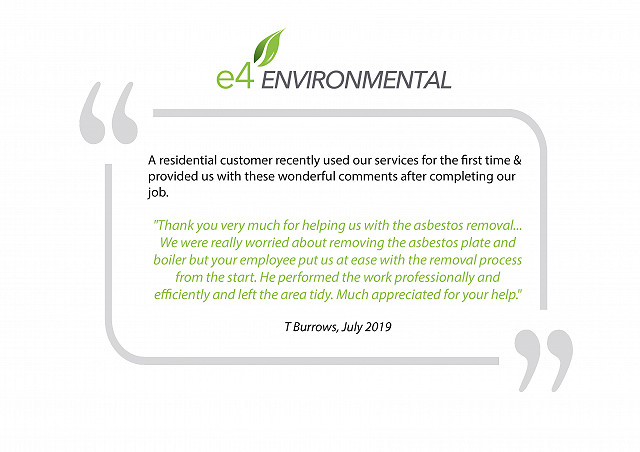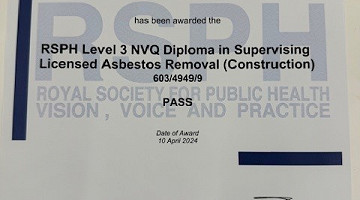Many homes have asbestos present, and this can be found within a huge variety of forms and locations. Many of these are unexpected and may go unnoticed for many years. For a full list of potential asbestos locations please see the blog post here. Before the Asbestos Prohibitions Amendment act was signed in 1999, it was used for many things due to the strong, highly heat-resistant properties. To find out more about asbestos please click here.
If you come across asbestos within your home, we are able to provide removal and encapsulation services to manage the risk of asbestos and ensure the safety of the occupying residents. There are many cases where asbestos will be safe if undisturbed and in good condition, therefore if this is relevant to your case we will be honest in telling you so. Before works can commence we usually require a survey to prove the material contains asbestos fibres & which type it contains.
Our removal works will cause as little disruption as physically possible and we always aim to get the job done as quickly and efficiently as we can.







